Webinar: An Exploration of the American Stained Glass Industry
Wednesday, May 22nd – 1:00 pm – 2:00 pm
Explore the rich history of American stained glass and the niche industry that supports so much of our architectural art glass environment. Looking to the future of stained glass restoration, we find ourselves at a pivotal moment. Success hinges upon our willingness to embrace creativity, and our ability to draw insights from past endeavors and forge collaborative pathways with communities. Fortunately, our history is steeped in a tradition of collaboration, service, and ingenuity, providing a sturdy foundation upon which to build.
About Our Presenter
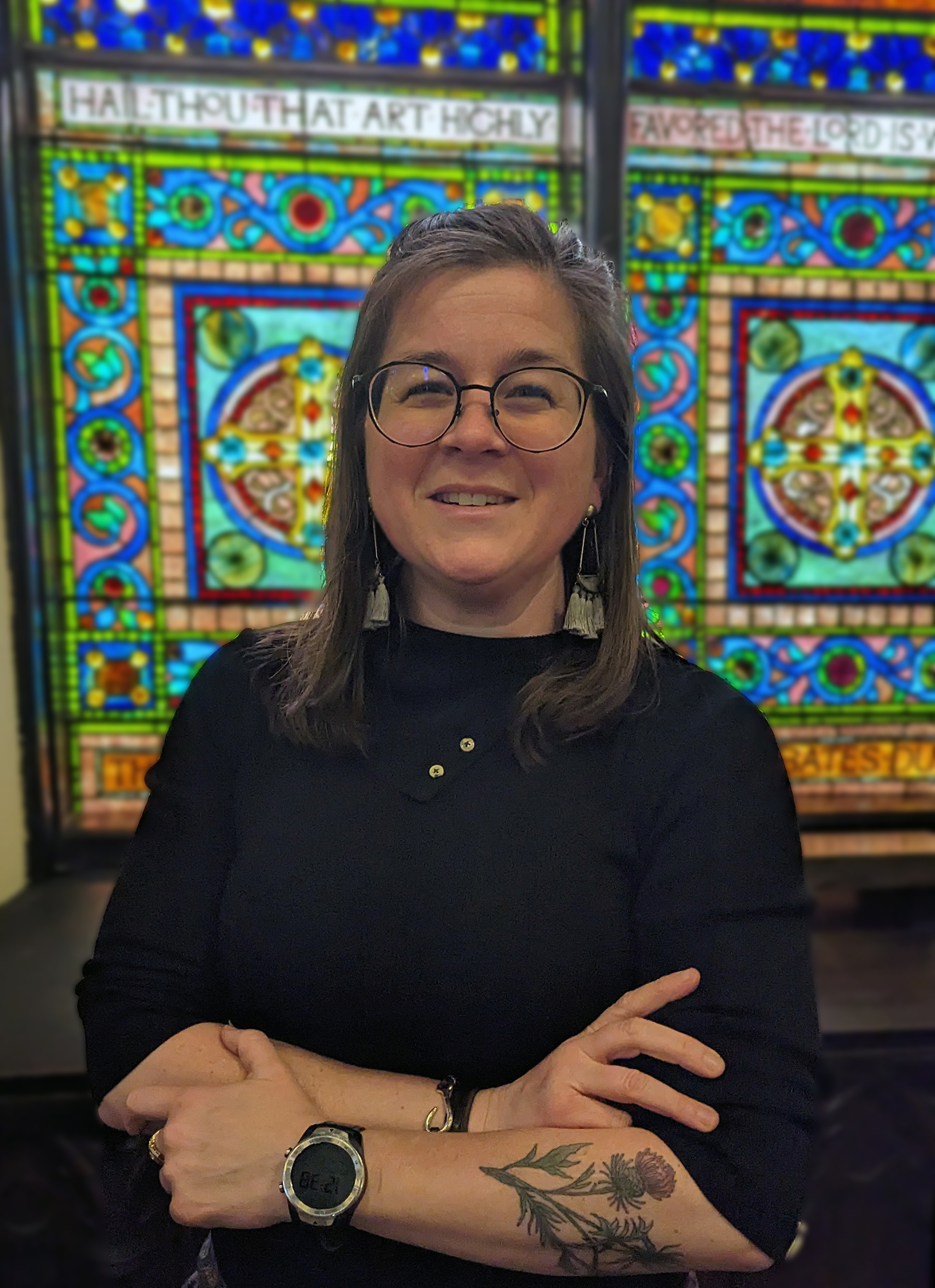 Megan McElfresh is a third-generation stained glass artisan who became Executive Director of the Stained Glass Association of America (SGAA) in Fall of 2017. Her background in operations management and art history gives her unique qualifications as the leader for the National Trade Association as it celebrates its 120th anniversary of service to the industry. In her role with the SGAA, McElfresh is focused on sowing the seeds of long-term change and expanding the SGAA’s core programs. Her focus is on showcasing the Association as a hub for the industry through strong partnerships with manufacturers, preservation and stewardship groups, and education centers. By bringing together the nation’s foremost architectural art glass studios in technical skill and integrity, the Stained Glass Association’s cumulative knowledge can be combined for the benefit of all who are tasked with the care and investment of our nation’s living stained glass museum.
Megan McElfresh is a third-generation stained glass artisan who became Executive Director of the Stained Glass Association of America (SGAA) in Fall of 2017. Her background in operations management and art history gives her unique qualifications as the leader for the National Trade Association as it celebrates its 120th anniversary of service to the industry. In her role with the SGAA, McElfresh is focused on sowing the seeds of long-term change and expanding the SGAA’s core programs. Her focus is on showcasing the Association as a hub for the industry through strong partnerships with manufacturers, preservation and stewardship groups, and education centers. By bringing together the nation’s foremost architectural art glass studios in technical skill and integrity, the Stained Glass Association’s cumulative knowledge can be combined for the benefit of all who are tasked with the care and investment of our nation’s living stained glass museum.
The Stained Glass Association of America, founded in 1903, is a 501(c)6 national professional trade association serving the architectural ornamental art glass industry across
North America and Internationally. In December 2017, the national headquarters office moved to Buffalo, NY. Coming up on its 120th anniversary, they are focused on strengthening their 501(c)3 Foundation, expanding their mission, and serving our nation’s emerging professionals.
The SGAA Foundation was founded in 2020 to promote public appreciation and knowledge of the stained glass and mosaic art form and champion the provenance of the material in architectural art. The mission of the Foundation is to foster proactive, responsible stewardship of our nation’s architectural art glass and mosaic treasures. Beauty must be abundant and accessible and we must collaborate with like-minded organizations to bring new voices into our industry while providing more resources to protect our nation’s stained glass heritage.

Become the Next Great Ohio Main Street Community
Do you love your downtown, and feel that it could benefit from being part of a national movement for revitalization? Are you interested in preserving your community history and supporting locally owned and operated businesses? Are you missing out on the economic impact of the heritage tourism economy in Ohio? If you answered “yes” to any of these questions, maybe it’s time to consider the Ohio Main Street program.
Heritage Ohio, the State-wide coordinating agency under Main Street America, is looking to expand the program with five new Ohio Main Street communities. The Main Street approach, created in the late 1980s as a model for downtown revitalization, preservation, and economic development, is a nationally respected framework that is followed by over 2,000 communities that value their history and local economy. In Ohio, 52 historic communities are currently part of the Main Street program.
The path to becoming an Ohio Main Street Program begins with a Downtown Assessment Resource Team (DART) visit. Thanks to special funding, Heritage Ohio is currently able to scholarship up to 50% of the $5,000 cost of the DART visit and Main Street pipeline planning process for up to five Ohio communities. A DART is a two-day, deep dive workshop in a community, when Heritage Ohio staff conducts site visits, community visioning and input modeling, walking tours, and interviews with key community stakeholders to determine if there is capacity for a full Main Street program.
The initial application is due on May 10th.
Webinar: Using Statistics to Show Your Economic Impact
Wednesday, April 24th – 1:00 pm – 2:00 pm
Monthly reporting and gathering statistics are two of the least exciting parts of any downtown managers’ job, but what if you could use those numbers to show the value of your work, and the economic impact your local program is generating for your community?
Lorna Swisher and Matt Wiederhold, two former Ohio Main Street directors, will walk you through the process of completing monthly reports, and then share a reinvestment template as a tool to support funding requests, illustrate the local and regional impact your program is generating, and help you document in black and white how your downtown development initiatives are a vibrant economic development machine for your community.
About Our Presenters
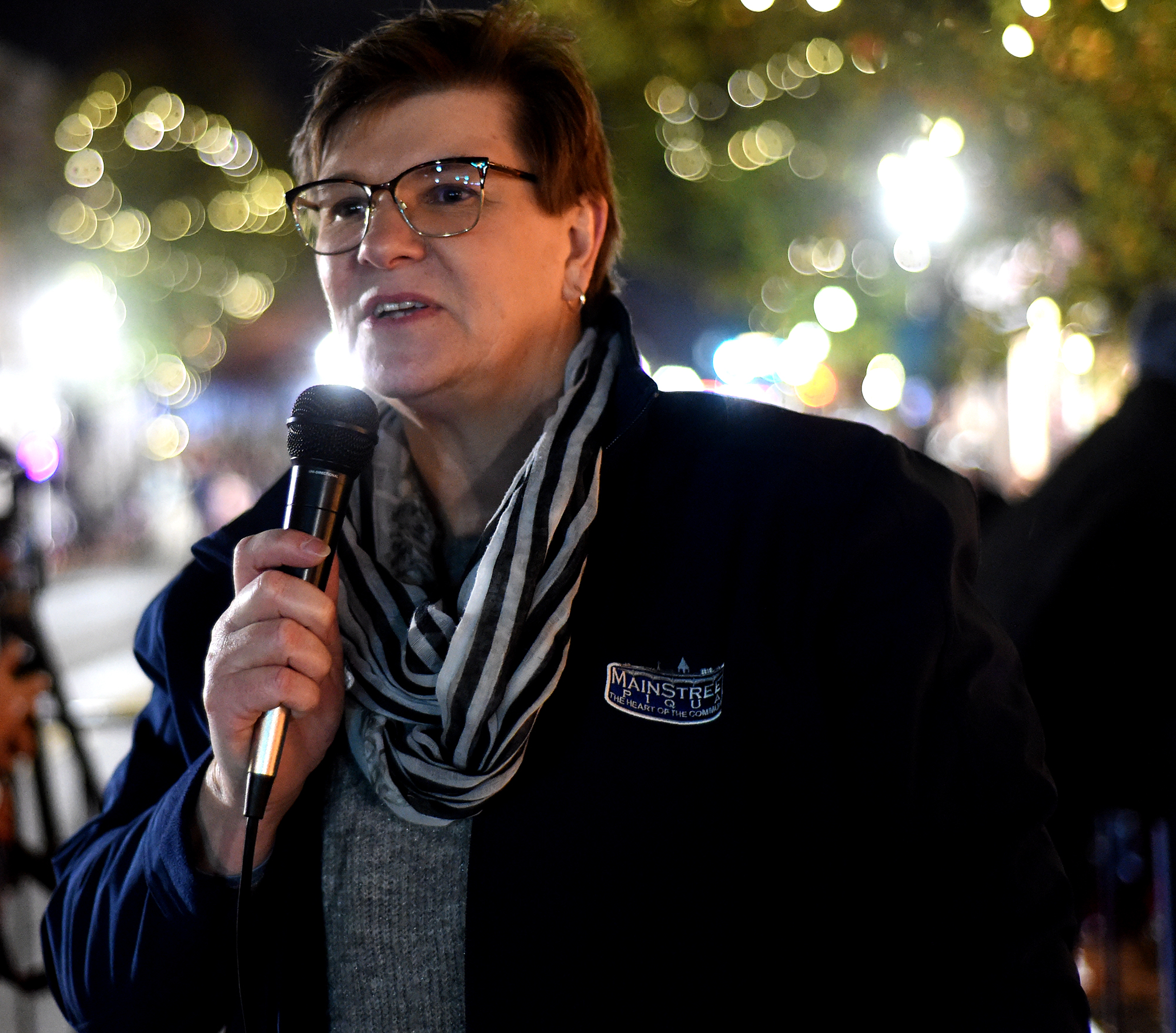 Lorna Swisher joined Heritage Ohio’s staff in October 2023, having previously served as the Director of Mainstreet Piqua for 26 years. With a background in broadcasting and public relations, she describes herself as a nonprofit ‘wonk’, emphasizing the importance of organizational infrastructure for effective operation. Lorna served on the Hotel/Library Legacy Alliance, which successfully restored the Fort Piqua Plaza in downtown Piqua. This $22 million project revitalized a deteriorating hotel into a vibrant community asset housing the Piqua Public Library, a banquet facility, and restaurants. Under her leadership, the Main Street program in Piqua received national accreditation from Main Street America/National Trust for Historic Preservation each year. In her current role as Assistant Director of Revitalization, Lorna supports Heritage Ohio’s Main Street programs.
Lorna Swisher joined Heritage Ohio’s staff in October 2023, having previously served as the Director of Mainstreet Piqua for 26 years. With a background in broadcasting and public relations, she describes herself as a nonprofit ‘wonk’, emphasizing the importance of organizational infrastructure for effective operation. Lorna served on the Hotel/Library Legacy Alliance, which successfully restored the Fort Piqua Plaza in downtown Piqua. This $22 million project revitalized a deteriorating hotel into a vibrant community asset housing the Piqua Public Library, a banquet facility, and restaurants. Under her leadership, the Main Street program in Piqua received national accreditation from Main Street America/National Trust for Historic Preservation each year. In her current role as Assistant Director of Revitalization, Lorna supports Heritage Ohio’s Main Street programs.
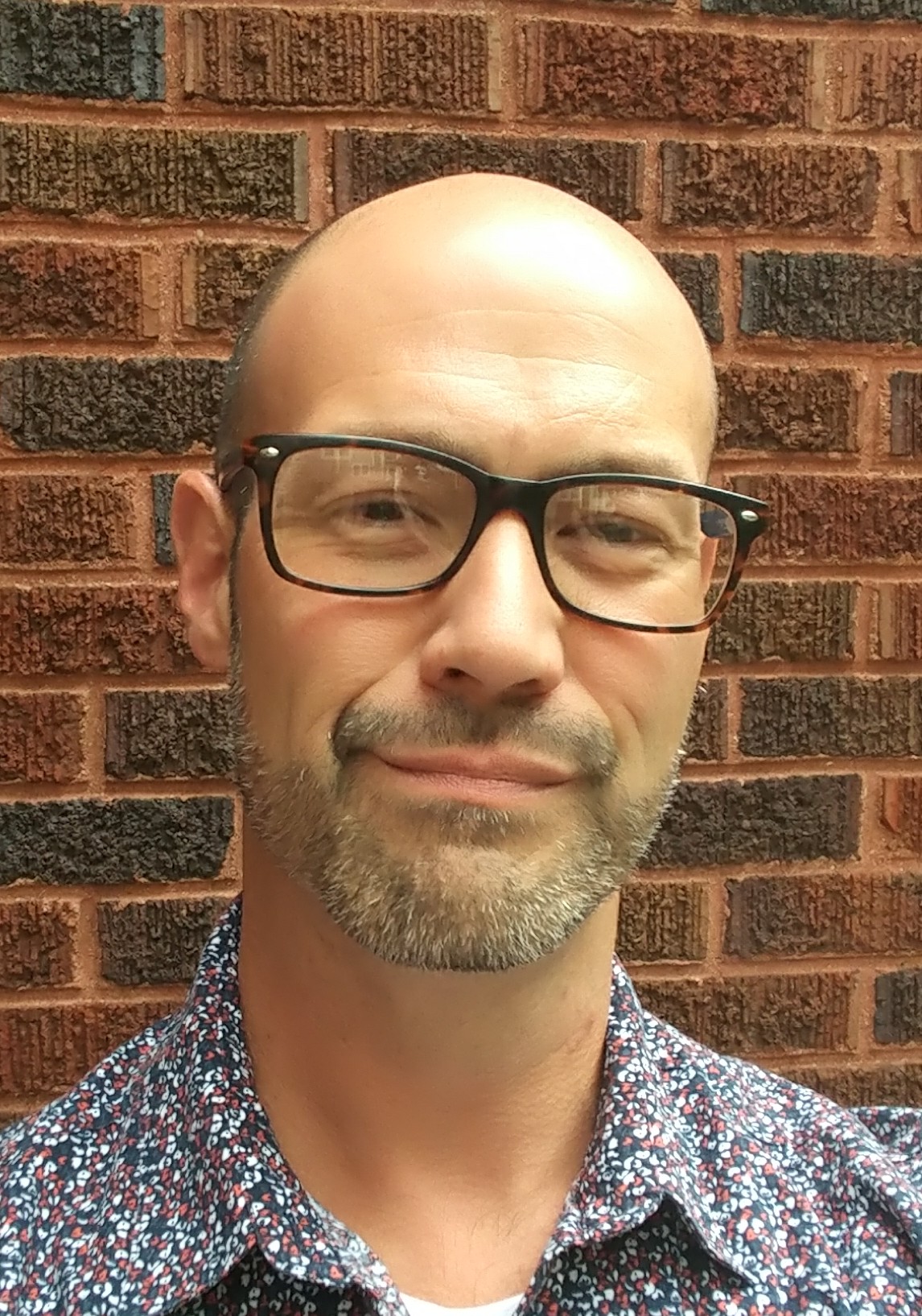
Matt Wiederhold joined Heritage Ohio in May 2022 as its executive director. Matt began his career in historic preservation and community development in 2001, with an Urban Main Street Program in Uptown, Toledo, Ohio, as part of a pilot project with LISC and the National Main Street Center. In 2003, he accepted a position on the west side of Cleveland with the Detroit Shoreway Community Development Organization, and guided the rehabilitation of numerous historic storefronts, recruited small businesses to fill the storefronts, and eventually became the project manager for the initial development of the Gordon Square Arts District, including the renovation of the Capitol Theatre. In 2008, Matt became the first executive director of Main Street Medina, and have spent most of the past 15 years working in that community, guiding the development of their historic district, and working to make Medina a notable, historic destination. Matt is a graduate of the University of Toledo with a degree in art history, having focused on American art and architecture, 1860-1940.

Webinar: Top Tips for National Register Nominations
Wednesday, March 27th – 1:00 pm – 2:00 pm
What is the National Register of Historic Places? This webinar will cover the basics of what the National Register of Historic Places program is, what being listed in the program does and does not mean, and what benefits may come with a listing. Additionally, this webinar will outline the process of nominating resources to the National Register of Historic Places and provide insight and tips to preparing a nomination.
This webinar is registered for 1.00 LU AIA credit.
About Our Presenter
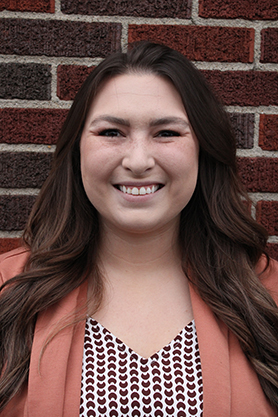 Abby Marshall, Survey and National Register Manager for Inventory and Registration for the State Historic Preservation Office of the Ohio History Connection, holds a Bachelor’s of Science degree in Geography with a concentration in Travel and Tourism as well as a Master’s of Science degree in Historic Preservation – both from Ball State University. She began working at the Ohio State Historic Preservation Office in 2021 and currently serves on the Heritage Ohio Board as the Young Ohio Preservationist’s chair.
Abby Marshall, Survey and National Register Manager for Inventory and Registration for the State Historic Preservation Office of the Ohio History Connection, holds a Bachelor’s of Science degree in Geography with a concentration in Travel and Tourism as well as a Master’s of Science degree in Historic Preservation – both from Ball State University. She began working at the Ohio State Historic Preservation Office in 2021 and currently serves on the Heritage Ohio Board as the Young Ohio Preservationist’s chair.

Webinar: Grow with Google
Wednesday, February 28th – 1:00 pm – 2:00 pm
Looking to expand the reach of your small business and get customers in the door?
Google is the #1 source current and potential customers will use to gain information about your business. Learn about all the tools Google can provide to your business to increase business traffic and drive sales.
About Our Presenter
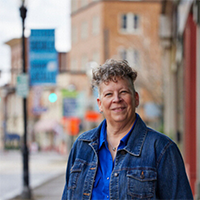 Janet Hurn is a seasoned professional with a passion for education, digital innovation, brand design, and marketing. With over 30 years of experience, she has established herself as an expert in online course development, e-learning administration, and e-consulting. As the Co-Founder of Future Ready Consulting, Janet is dedicated to supporting new and scaling small businesses in their growth journey. Her extensive background as the Senior Director of Regional E-Campus at Miami University has equipped her with valuable insights into instructional technology and innovative methods for online learning. Janet’s expertise, combined with her commitment to staying ahead of the curve, enables her to provide strategic guidance and consultancy services to elevate brands, improve online presence, and effectively reach target audiences. Whether it’s through brand development, website design, or digital marketing strategies, Janet is ready to empower entrepreneurs and business owners to change the world.
Janet Hurn is a seasoned professional with a passion for education, digital innovation, brand design, and marketing. With over 30 years of experience, she has established herself as an expert in online course development, e-learning administration, and e-consulting. As the Co-Founder of Future Ready Consulting, Janet is dedicated to supporting new and scaling small businesses in their growth journey. Her extensive background as the Senior Director of Regional E-Campus at Miami University has equipped her with valuable insights into instructional technology and innovative methods for online learning. Janet’s expertise, combined with her commitment to staying ahead of the curve, enables her to provide strategic guidance and consultancy services to elevate brands, improve online presence, and effectively reach target audiences. Whether it’s through brand development, website design, or digital marketing strategies, Janet is ready to empower entrepreneurs and business owners to change the world.
Janet has had many accomplishments, innovations and awards. She holds a DMI Certified Marketing Professional certification, Google Analytics certification, and Google Ads certification. She is also the Grow with Google Ohio Digital Coach, where she teaches small businesses all over Ohio how to use Google tools to enhance their businesses. Janet has a strong background in education, with over 30 years of experience as a Senior Instructor of Physics at Miami University. Under her leadership, the Miami Regionals E-Campus was listed on US News and World Report’s Top Online Schools in 2023 and the top 20 Online Schools in 2021. Janet’s contributions have been recognized with numerous awards, including the University System of Ohio’s Faculty Innovator Award and the ASCUE.ORG Keynote Speaker honor. Her commitment to excellence and passion for online education make her a valuable asset to the field.

Webinar: Redevelopment Funding Opportunities from the Ohio Department of Development
Wednesday, January 31st – 1:00 pm – 2:00 pm
Join us for a conversation about community redevelopment and the funds available through the Ohio Department of Development to assist your projects. Funding opportunities to be discussed include:
Welcome Home Ohio
The Welcome Home Ohio (WHO) program is designed to provide grants for the purchase of qualifying residential properties, the cost of construction or rehabilitation, or a nonrefundable tax credit for qualifying activities.
Brownfield Remediation Program
The Brownfield Remediation Program provides grants for the cleanup of brownfield sites, to assist in the remediation of hazardous substances or petroleum at an industrial, commercial, or institutional property. Remediation includes acquisition of a brownfield, demolition performed at a brownfield, and the installation or upgrade of the minimum amount of infrastructure necessary to make a brownfield site operational for economic development activity.
Building Demolition and Site Revitalization Program
The Building Demolition and Site Revitalization Program is designed to provide grants for the demolition of commercial and residential buildings and revitalization of surrounding properties on sites that are not Brownfields.
Water and Wastewater Infrastructure Grant Program
The Water and Wastewater Infrastructure Grant Program provides grants to improve access to clean drinking water and wastewater infrastructure. Grants of up to $5 million for construction projects are available to Ohio communities. All political subdivisions with the authority to own and operate public water and sewer systems and non-profit, non-community public water systems may submit an application

Webinar: Historic Preservation Commissions: The Legal Basics
Wednesday, February 21st – 1:00 pm – 2:00 pm
The strongest defense commissions have against accusations of arbitrary and capricious decisions is to consistently follow established review procedures. Customized for each state, this workshop covers the legal basis for commission operation. This presentation will provide an overview of procedural due process, takings, appeals, property rights, and economic hardship. Participants will examine common preservation legal issues and acquire tools to improve decision-making and build a defensible record.
About our presenter:
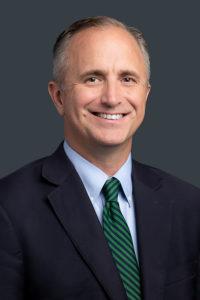 Will Cook is a nationally recognized lawyer and scholar with a successful record for protecting National Historic Landmarks, significant landscapes, historic viewsheds, and traditional cultural properties. His practice focuses on balancing historic preservation with economic development so that historic preservation law is more efficient, effective, and predictable. Will helps his clients navigate the Section 106 process of the National Historic Preservation Act at the project level with an emphasis on historic viewsheds and landscape protection. He negotiates on behalf of tribes, project proponents, local governments, and other consulting parties to achieve creative, win-win outcomes that appropriately balance preservation values and development needs. Examples of his work include helping to find reasonable limits to unregulated cruise tourism in historic port communities, advising a local government with a National Historic Landmark district on its legal rights in response to proposed offshore utility-scale windfarms, and working with a nationally recognized preservation advocacy group on how to address a proposed seawall that would surround a National Historic Landmark district.
Will Cook is a nationally recognized lawyer and scholar with a successful record for protecting National Historic Landmarks, significant landscapes, historic viewsheds, and traditional cultural properties. His practice focuses on balancing historic preservation with economic development so that historic preservation law is more efficient, effective, and predictable. Will helps his clients navigate the Section 106 process of the National Historic Preservation Act at the project level with an emphasis on historic viewsheds and landscape protection. He negotiates on behalf of tribes, project proponents, local governments, and other consulting parties to achieve creative, win-win outcomes that appropriately balance preservation values and development needs. Examples of his work include helping to find reasonable limits to unregulated cruise tourism in historic port communities, advising a local government with a National Historic Landmark district on its legal rights in response to proposed offshore utility-scale windfarms, and working with a nationally recognized preservation advocacy group on how to address a proposed seawall that would surround a National Historic Landmark district.
In 2019, Will assisted the Parks & People Foundation in Baltimore with identifying ways to use Section 106 to leverage shoreline restoration of the Middle Branch Harbor and proposed “green” urban park along its 11-mile shoreline. Will’s extensive knowledge of preservation legal tools and land use law allows him to serve as a strategic partner with policymakers, developers, and preservation advocates on best practices to make preservation law more effective and efficient. Examples include assisting the City of Philadelphia and the Town of Palm Beach with identifying strengths and weaknesses in their local preservation laws, suggesting opportunities for improvement based on peer city reviews, and helping educate the public about preservation law’s benefits. Through his work with the National Alliance of Preservation Commission’s Disaster Planning Advisory Committee, Will helps historic communities with adaptation planning and disaster relief, including their response to the COVID-19 pandemic. Will has argued in court and before administrative agencies across the country on behalf of advocates seeking to protect traditional cultural properties: historic places that continue to be used by living communities. His engagements have included arguing on behalf of the National Trust for Historic Preservation before the New Mexico Supreme Court, which affirmed unanimously Mount Taylor’s designation in New Mexico’s State Register of Cultural Properties.
Will earned his Juris Doctor from the University of South Carolina School of Law, and is a graduate of Furman University, where he received a B.A. in political science. Prior to joining Cultural Heritage Partners, Will served for eight years as associate general counsel for the National Trust for Historic Preservation and teaches preservation law at Columbia University.

Webinar: Archaeological and Interpretive Research at St. Clair’s Defeat and the Battle of Fort Recovery
Wednesday, December 13, 1:00 pm
We have a historical archaeology focus for December as we welcome Christine Thompson of Ball State University to discuss frontier Ohio in the 1790s. The Northwest Indian War battles St. Clair’s Defeat (1791) and Battle of Fort Recovery (1794) involved multiple Native Tribes and the U.S. military. Over 12 years of archaeological, preservation, and interpretive research at the battlefield has evolved into updated interpretation co-created with descendent Tribes. Chris will share a summary of this work, the funding awarded for these projects, and focus on two major interpretive products including an online walking tour/wayside exhibits, and a traveling exhibit St. Clair’s Defeat: A New View of the Conflict.
About our presenter:
Bio: Christine Thompson is the Assistant Director and Archaeologist at the Applied Anthropology Laboratories (AAL), Ball State University. Her research interests include the Late Archaic Glacial Kame culture, public archaeology, NAGPRA, and interpretation of historic battlefields. She works to fulfill the AAL mission of inspiring and preparing AAL student employees for the workforce by providing students hands-on learning opportunities through the fulfillment of grant awards and cultural resource management contracts. Thompson strives to build lasting partnerships with Federally Recognized Tribes, communities, museums, historical societies, and other groups while collaborating on funded research projects.

Webinar: Maybe Your Downtown Could Use a Heart Transplant?
Wednesday, November 29th – 1:00 pm – 2:00 pm
Join us as we welcome back former Heritage Ohio director of revitalization, Jeff Siegler, to celebrate the release of his first book, Your City is Sick. Jeff will share what he’s been up to since his days at Heritage Ohio, and delve into the details of the book, including why everyone should purchase multiple copies, and what else he is working on.
About our presenter:
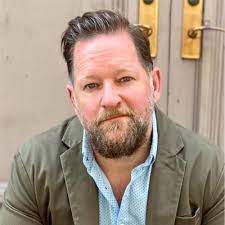 Jeff Siegler is a writer, speaker, and consultant concerned with the powerful role place plays in our lives. He is the founder of the civic pride consulting firm, Revitalize, or Die. After obtaining his master’s degree in Urban Planning from Virginia Commonwealth University, Jeff went to work on Main Street, first as a downtown manager, and later as the Ohio Main Street State Coordinator. His first book, Your City is Sick, was released this past September. Jeff and his wife Amber and their four kids call Pittsburgh home.
Jeff Siegler is a writer, speaker, and consultant concerned with the powerful role place plays in our lives. He is the founder of the civic pride consulting firm, Revitalize, or Die. After obtaining his master’s degree in Urban Planning from Virginia Commonwealth University, Jeff went to work on Main Street, first as a downtown manager, and later as the Ohio Main Street State Coordinator. His first book, Your City is Sick, was released this past September. Jeff and his wife Amber and their four kids call Pittsburgh home.

Webinar: Historic Properties and Affordable Housing in Ohio’s Appalachia Region
Wednesday, January 17th – 1:00 pm – 2:00 pm
Most small towns in rural Ohio are blighted by older homes in varying states of dilapidation. Many of these homes are no longer occupied or even occupiable. Often these houses, while perhaps lacking in historical significance, nonetheless are representative of their communities’ cultural heritage. Thus, their loss, in addition to being a significant economic negative and a loss of affordable housing stock, also constitutes an erosion of architectural distinctness and community identify. But unlike historic properties, for which numerous programs exist to encourage and support their preservation, such “heritage housing” has received little comparable attention. This phenomenon presents an opportunity in which the rehabilitation of older housing stock can improve affordable first-time home ownership while generating employment, income, and wealth, and preserving community identity.
Mr. Lane will discuss his research at the Ohio University Voinovich School of leadership and Public Service which examined the opportunity to enhance Athens County’s supply of more affordable housing through the rehabilitation of older single-family houses – “heritage houses” – that have fallen into disrepair and are uninhabited. In this study, the term “attainable heritage housing” was coined to describe existing older home in need of repair, that are priced below conventional definitions of affordability and which – while typically lacking in historical significance, are nonetheless distinctly representative of their communities’ pasts. The study found that a program of targeted older house rehabilitation could produce significant short- and long-term positive economic impacts for current and prospective residents, while enhancing a community’s position to leverage aesthetic heritage distinctiveness to capitalize on emergent economic opportunities.
This webinar has been approved for 1.00 AIA HSW credit.
About our presenter:
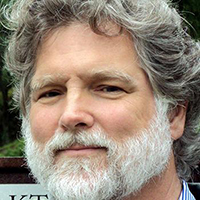
Brent Lane is a Senior Executive in Residence at the Voinovich School of Leadership and Public Service at Ohio University, which he joined in 2020. In his career he has been an early-stage venture capitalist, developed and run business incubators, led state-level economic development programs teams, and directed a university applied economic strategies center. At the Voinovich School he designs and leads in analyses of novel economic and community development opportunities in Appalachian Ohio, especially those capitalizing on the region’s distinctive cultural and natural heritage assets. Brent has earned masters’ degrees in science and technology policy from the George Washington University and in business administration from the University of North Carolina.

Webinar: Historic American Buildings Survey (HABS)
Wednesday, November 15th – 1:00 pm – 2:00 pm
Catherine Lavoie, Chief of the Historic American Buildings Survey (HABS) of the National Park Service (NPS), will talk about the program, how and why it was started, its mission, and its value, with a look at early HABS work in Ohio. HABS was established in 1933 as a unique public-private partnership between NPS, the Library of Congress (LoC), and the American Institute of Architects (AIA) aimed at creating an archive of America’s architectural heritage, then perceived to be rapidly vanishing. Under NPS management, AIA “district officers” in various states across the nation heeded the call to action, selecting and recording sites they deemed worthy of recognition, through measured drawings, historical reports, and photographs. The documentation was housed at the Library of Congress and made available to the general public. While times have changed, HABS still records historic architecture, as well as engineering sites and landscapes, while field testing new technologies to determine best practices and training the next generation of preservationists through its summer student recording program. The collection now spans about 45,000 sites and can be viewed online through the LoC website.
About our presenter:

Catherine Lavoie has a master’s degree in American Studies from the University of Maryland with an emphasis in historic preservation and material culture. She worked briefly in state and local preservation before coming to HABS as a historian intern, rising to senior historian, and finally chief in 2008. Catherine is active in the Vernacular Architecture Forum, mostly recently serving as 2nd Vice President and was awarded VAF’s Buchanan Award for excellence in fieldwork and public service (2002) for her HABS study of the Quaker Meeting Houses of the Delaware Valley. Most recently, she co-authored Buildings of Maryland, the latest in the Society of Architectural Historians Buildings of the United States series.

Webinar: Mansions of the Dead
Wednesday, October 18th – 1:00 pm – 2:00 pm
Over 100 early community mausoleums still stand across Ohio. They represent the final resting place of thousands and were viewed with pride and disdain by consumers and community leaders. Ohio was ground zero for the community mausoleums movement that swept across the U.S. in the early decades of the 20th century. The state served as the epicenter for many of the companies, builders and architects who influenced the trend. However, the sustainability of community mausoleums is in peril resulting in their deterioration and destruction.
Inspired by his ancestors who constructed community mausoleums in Indiana, preservationist John Bry has been studying “mansions of the dead” for two decades. He will share the background behind these unique buildings and thoughts on how they can be saved.
About our presenter:
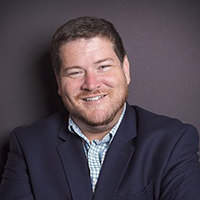
John Bry has 30 years of professional experience in Historic Preservation, community development and Heritage Tourism. He is a native of Auburn, Indiana where he began his interest in Historic Preservation at the age of 13. He holds a bachelor’s and master’s degree in Historic Preservation from Southeast Missouri State University (SEMO) and Ball State University respectively.
He began his Main Street career in 1993 as an intern through the Governor’s Office in his home state being assigned to Indiana Main Street. John went on to serve as the Executive Director for local Main Street communities in Illinois, Indiana, and Ohio for over a decade. He then worked as one of the co state coordinators for Pennsylvania under Bill Fontana for the eastern half of the Commonwealth. He was certified in Main Street in 2002 under the previous program. He diverted his career path for a time with opportunities to work with heritage tourism and community development organizations, but always brought the Main Street Approach to the forefront working with rural and urban communities as part of his role and work.
He has provided technical assistance and training to over 100 community representatives in 15 states in preservation and redevelopment with projects resulting in millions of in investment. He has successfully authored over $6 million dollars in grants for historic preservation, community development and Main Street efforts.
John returned to Main Street fully in 2016 and is now in his 7th year as the Main Street Program Coordinator for Oakland County, Michigan. Oakland County is home to the nation’s only countywide Main Street Program now in its 23rd year. The program serves 28 districts in 27 communities with populations ranging from 600 to 60,000. During John’s tenure, the program has grown to the largest number of participants, has the most private sector partners in its history, created an urban main initiative, and is exploring ways to evolve the Main Street Approach for advanced communities known as “Next Gen”.


